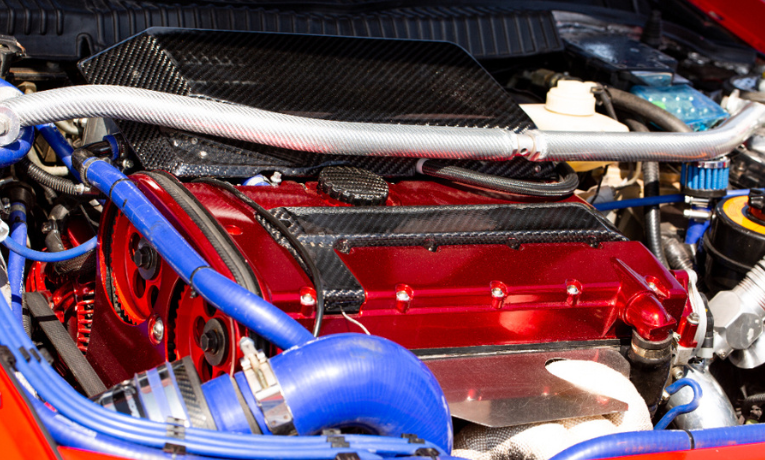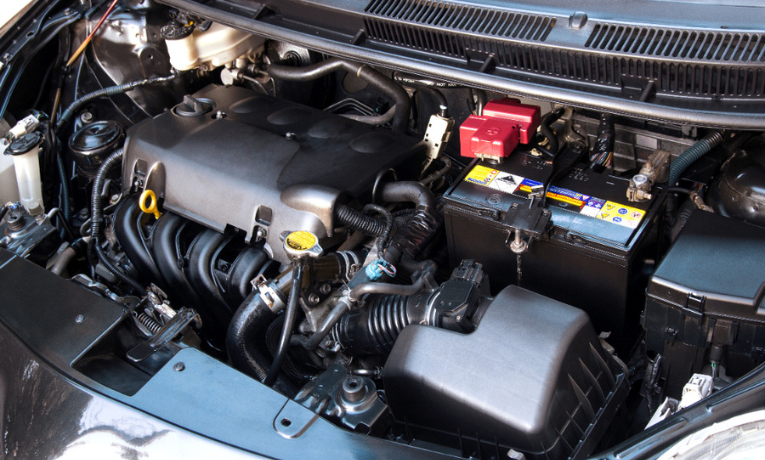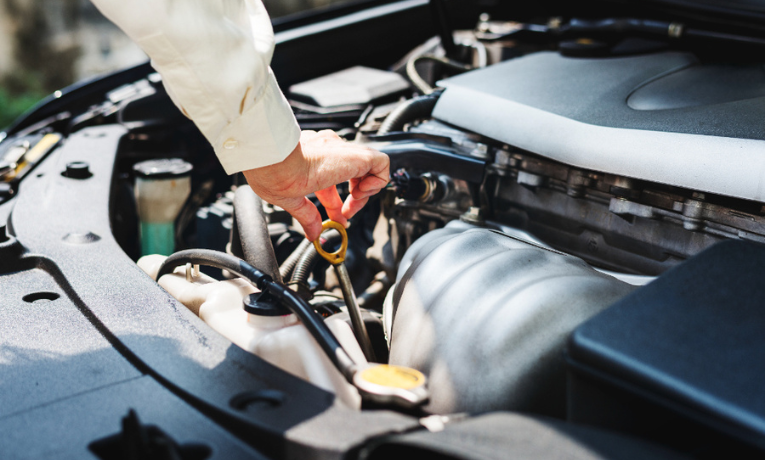The car cooling system provides who and how with the function of regulating the efficient working of your car’s engine. All these parts like the radiator, hoses, coolant, the thermostat play a critical role in ejecting heat, controlling the required temperature, and preventing the engine from getting damaged due to heat. However, it is regrettable that many car owners do pay attention to cooling systems and even more often do not respond to corresponding problems during the period of their car ownership. If you want to increase the efficiency of your vehicle and make sure It’s reliable, it is crucial to understand the methods of proper car maintain tips. You will find several effective tips and suggestions that will enable you to become the cooling system expert in this informative article.
The Internal Operation Of The Cooling System In Your Car
It is always important to remember that the main role effectively plays in the cooling fan for car: is to not let the engine become excessively hot. Like any machine, your engine creates heat during normal usage and the cooling system plays a vital role in dissipating this heat to regulate the temperature of the engine. The process involves several essential components, including the following:
1. Radiator:
This heat exchanger is specific for heating exchange from the engine coolant to the surrounding air temperature. It comprises thin metal fins and tubes, exposed to the coolant, to facilitate the transfer of heat from the cooling liquid for car to air.
2. Coolant:
The antifreeze/water solution circulates about the engine and takes in/scatters heat out from the engine. It is used due to its ability to transfer heat in ways that are superior to water and because the use of plain water can freeze the engine in cold climate conditions.
3. Thermostat:
This valve controls the amount of coolant that is allowed to circulate through the engine and the one that is pumped back to warm the engine and maintain its optimum temperature.
4. Water Pump:
This compact yet vital component is guided by the timing belt or chain and ensures that coolant reaches all parts of the engine and in the process aids in heat exchange between components and the rest of the auto system to achieve the required temperature.
5. Hoses:
Rubber flexible hoses join the engine, car radiator flush, and other system parts with the advantage of letting the coolant circulate the parts freely.

Common Cooling System Issues
With proper and regular care, most cooling systems should work efficiently without any hitch. However several challenges may occur in case the system has not been well maintained or has undergone several tears and wears. Some common cooling system issues include:
1. Overheating:
There are consequences whenever the engine is running at a temperature higher than the ideal working limit of the machine, the car may even overheat. This can in turn cause damaged parts, less fuel economy and as a result low performance of the engine.
2. Leaking Coolant:
Prolonged cooling involves the coolant being a liquid that gets pumped through hoses, connections or even radiator tanks. Hence the more the loss of fluid the less the material’s capacity to expel heat.
3. Radiator Damage:
In one way or the other, the metal fins and tubes that are used in the construction of a radiator end up being damaged or blocked, or deformed to play its function of transferring heat to the atmosphere effectively.
4. Thermostat Failure:
Possibly, a defective thermometer may make it impossible for the engine to regulate its operation temperature; the vehicle may overheat or underheat.

Preventive Maintenance Tips
To ensure that your car’s cooling system remains in top condition, follow these essential maintenance tips:
1. Regularly Check Coolant Levels:
To avoid this make sure you check the coolant level in your radiator from time to time and in case it requires topping it up do so. One of the recommended ways of indicating that your mixture has the right proportions of antifreeze and water is through using a coolant tester.
2. Inspect Hoses and Connections:
Always verify the condition of the hoses of the cooling system, which needs to be checked for cracks, leakage or swelling. Any rusted hose must be replaced at the earliest opportunity to avoid any problems with the entire system.
3. Flush the Cooling System:
At some point, the coolant and other contaminants may form deposits in the cooling system, due to corrosion the heat transfer capability is compromised. To ensure that the vehicle continues to run right, the system should be flushed out and the coolant changed after 30,000 to 50,000 miles.
4. Examine the Radiator and Condenser:
Clean the radiator and the condenser, and look for any kind of damage such as dents, leakage or any possible debris. This should be done to avoid obstruction in heat transfer caused by dirt accumulation on the radiator and the condenser, it is recommended that they are cleaned or replaced if damaged.
5. Inspect the Water Pump:
Ensure that the water pump is not always leaking or producing strange noises and change if the coolant circulation is faulty.
6. Replace the Thermostat:
Eventually, thermometers become stuck, inefficient or cease to function completely. It is important to change the thermostat after 100000 miles or if you realize that there are bad signs in the way heat is regulated.
7. Monitor for Leaks:
One should look for signs of leakage of refrigerant in the cooling system, lines, at the connections, or around the radiator hoses. If there is any leak, try and correct it early so as not to cause harm to the system or your car.
Conclusion
Everybody knows that an efficient cooling system is crucial for your car to run smoothly and last longer. It is only by recognizing how every part of the cooling system works and applying the preventative maintenance procedures highlighted in this guide, that the dangers inherent in overheating can be averted; the probability of expensive repairs minimized, and the durability of the vehicle enhanced. Therefore, it is worthwhile to learn the necessary measures of how to maintain the cooling system of a car right and avoid unpleasant consequences, as well as drive a reliable, effective and properly maintained vehicle.









